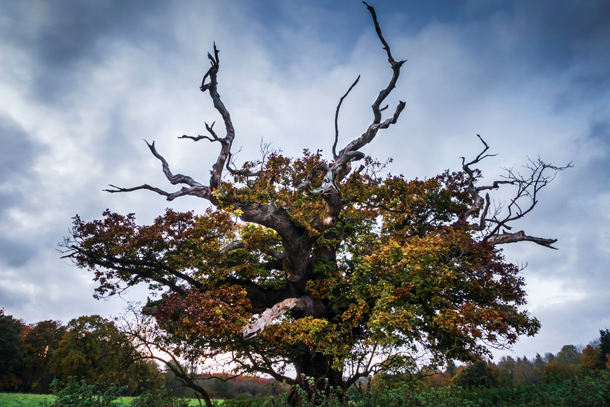14 photo editing tips and tricks every landscape photographer must know
The best tips for landscape photography

In-camera technique is, of course, important. But your prowess in the digital darkroom is increasingly crucial to the success of your images and crafting a look that defines you as an artist. This is especially true with landscape photography. In our latest photo editing guide we offer 14 photo editing tricks and tips that every landscape photographer must know.

Whether starkly beautiful, bursting with colour or magnificently minimal, no other type of photography offers more potential for stunning imagery than landscapes. Travel halfway around the world or look out of your back window, if you look hard enough, you'll find a scene worth capturing.
In this tutorial we offer up a variety of tips, advice and Photoshop techniques to help you capture and enhance your own awe-inspiring landscapes.
We've gathered together some of the finest professional landscape photographers out there to showcase their best shots and quiz them on exactly how they approach their craft in the age of the digital darkroom.
Alongside these insights from the pros, we've got a fantastic variety of Photoshop techniques for you to try, from fundamental raw skills on tweaking exposure and revealing detail, to adding breathtaking light rays, making innovative 'dotscapes' and even building a landscape from scratch.
You'll also find a selection of videos among this month's project files that go into some of the techniques featured here in greater detail.
Although approaches to shooting landscapes have changed over the years, a few things remain constant. Besides an eye for photo composition, a sturdy tripod, quality lenses and a good deal of patience are still among the most important ingredients for success.
Sign up for breaking news, reviews, opinion, top tech deals, and more.
Essential photo editing tricks for landscapes: 01 Master HDR

Pro photographer Jeff Morgan says
I have been asked many times why I first build the HDR image in Photoshop and then Tone Map it in Photomatix, since it seems the logical thing is to do it all in one program.
I appreciate the image quality you can get from the full control of Camera Raw. You should always take a lot of care to set the white balance controls, the lens correction and the noise reduction to the optimum for the HDR image set.
You can then simply save all the images as Tiff files for processing in Photomatix Pro, but since the Remove Ghosts option in Photoshop is so good I find it better to build the HDR image directly in Photoshop CS6.
Turning off Align Images when building the HDR image in Photoshop is the best bet. It doesn't appear quite pixel-accurate, because it will slightly blur my tripod shot images.
You can now save the HDR image as a 32-bit Tiff file in Photoshop CS6 for export to Photomatix.
I personally love the look you can get with Photomatix's tone mapping. There are lots of adjustments to play with, allowing you to get just the look required for the subject.
The bottom line is that Photoshop offers a much better Raw converter - and it's also really great at removing ghosting when required.
However, Photomatix offers a very specific look with its tone mapping adjustments that I find very attractive. I really do enjoy getting the best of both worlds.